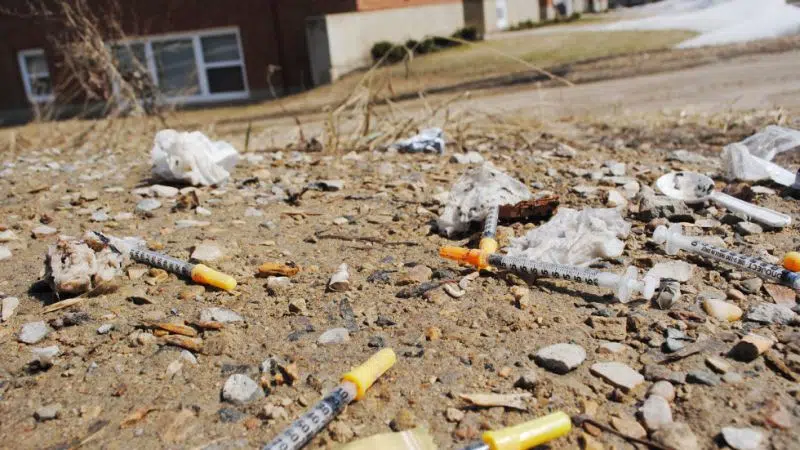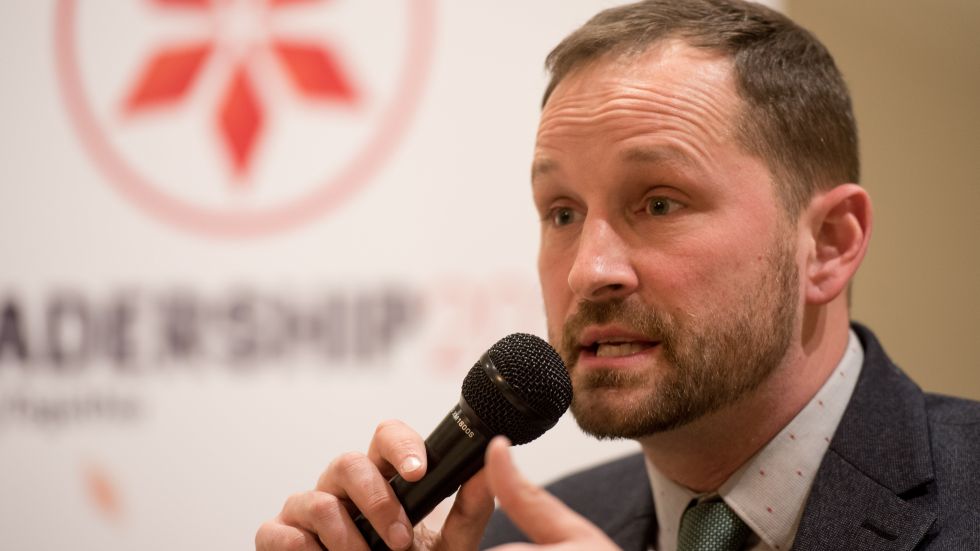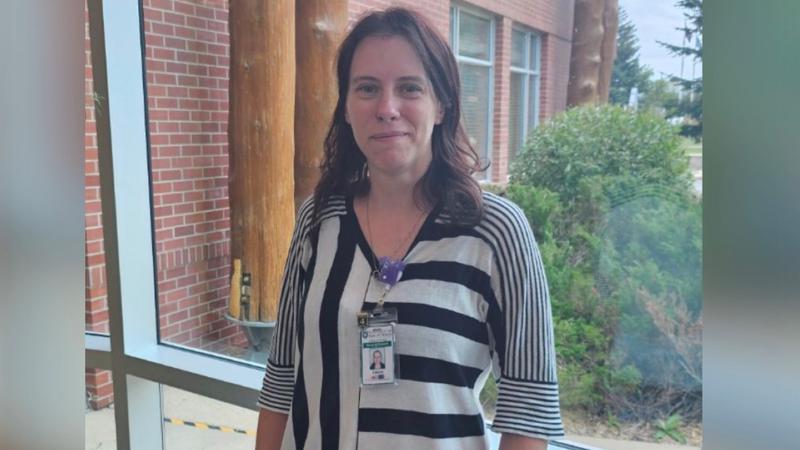
Amidst HIV outbreak, rise in needle debris, agencies explore new efforts
North Battleford is not isolated to headwinds faced through an HIV and syphilis outbreak and a rise in the number of needles found around the city.
Municipalities across the nation, and specifically Western Canada, grapple with similar, difficult to address social issues.
Since the calendar flipped to 2019, city lawmakers have faced repeated reports from the fire department outlining the surge in needle pickups.
In 2014, the department collected just 54 needles, but over 8,300 have been collected this year. In one call alone in May, over 3,500 were found at the recycling centre. The needles, Deputy Fire Chief Lindsay Holm said, were likely put in blue bins and didn’t rule out that some came in from out of town.








